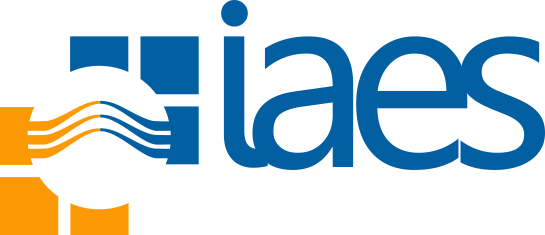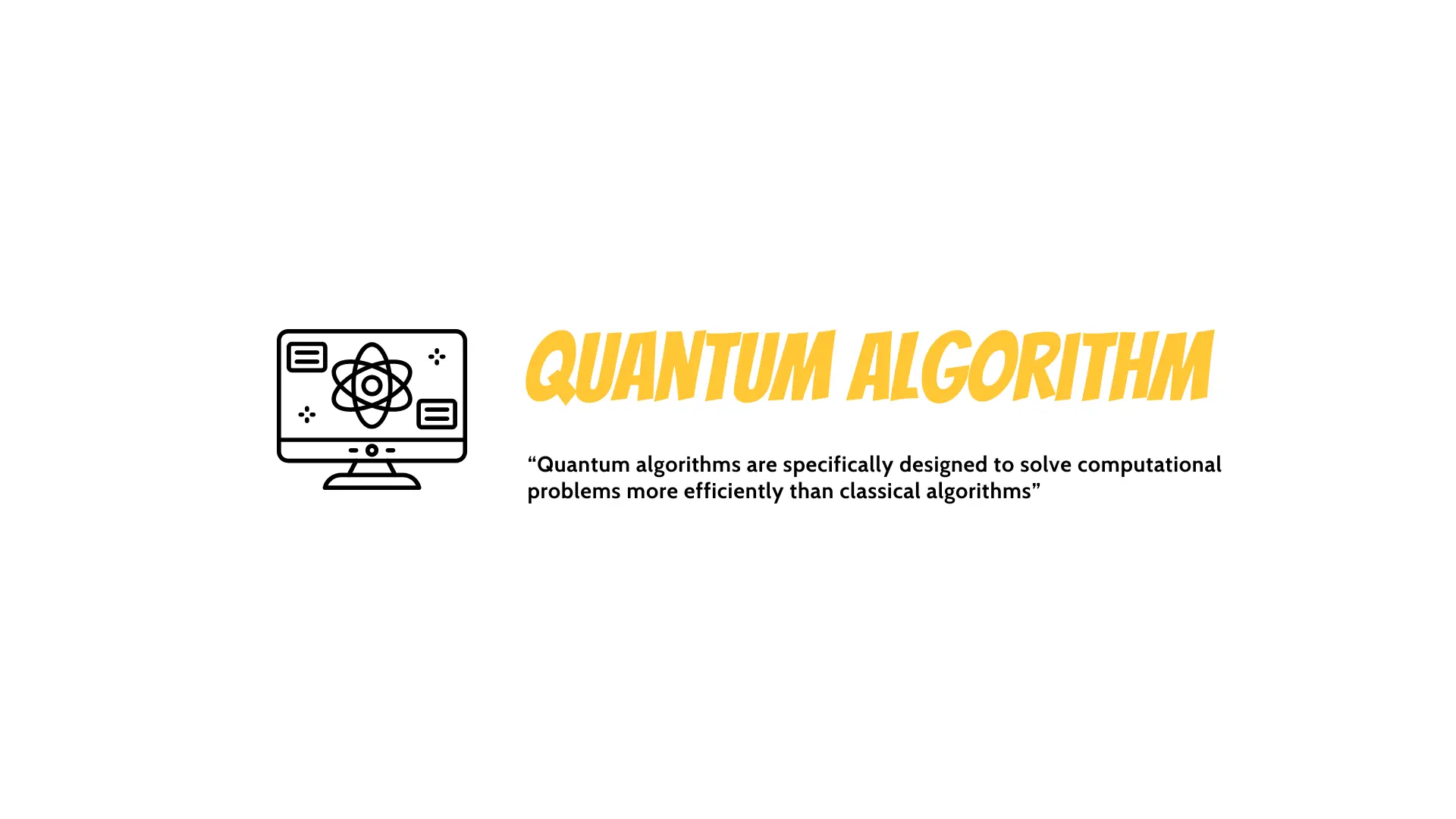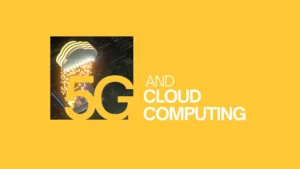Greetings, fellow Nawala! May you always be in good health.
This is the IAES Nawala of the Institute of Advanced Engineering and Science. Quantum algorithms are specifically designed to solve computational problems more efficiently than classical algorithms. Shah et al. (2023) combined quantum algorithms with deep learning. They developed a street-crimes modelled arms recognition technique employing deep learning and quantum deep learning (SMARTED). The SMARTED technique uses deep learning and quantum deep learning to detect weapons in real-time. The goal is to improve the efficiency of detecting weapons in cameras, videos, or CCTV images and automatically notify the person concerned to take necessary actions. SMARTED uses RetinaNet to detect weapons in real-time with an average accuracy of 90%. In addition, they also implemented quantum computing technology to evolve RetinaNet, which is quantum-inspired (QIR-Net), to significantly improve reliability.
An increase in population causes loopholes in controlling law and order situations. One of the threatening aspects of peace is the availability of weapons to the general public. As a result, many dangerous situations arise, most notably street crimes. Traditional methods are not sufficient to deal with such situations. Consequently, the police and other security concerns need serious technological reforms to prevent such situations. In modern technology tools, deep learning has made great improvements in various areas of daily life, especially in object detection. This paper presents an efficient technique for detecting weapons from closed-circuit television (CCTV) cameras, videos, or images. Upon the detection of the weapon, the concerned person is automatically informed to take the necessary action; without human intervention. For the first time, RetinaNet has been employed to detect weapons in real-time scenarios. RetinaNet has shown remarkable improvement in this domain, by achieving an average of 90% accuracy in real-time scenarios. With the emergence of quantum computing, many computer environments saw a revolution. Thus, we have also utilized quantum computing technology for real-time weapons detection using quantum deep learning. In this paper, quantum inspired RetinaNet (QIR-Net) is developed for weapons detection and amazing results are observed.
Street-crimes modelled arms recognition technique employing deep learning and quantum deep learning (SMARTED)
Syed Atif Ali Shah, Ahmed Abdel-Wahab, Nasir Ageelani, Najeeb Najeeb
Subbiah et al. (2023) developed quantum transfer learning for image classification a technique that utilizes the power of quantum computing to improve the performance of deep learning models in this task. This approach uses quantum-inspired models, such as quantum-inspired RetinaNet (QIR-Net), which has shown significant results in weapon detection. Quantum transfer learning also has the potential to be applied in real-world applications, such as security and surveillance systems, which require accurate and efficient image classification.
Quantum machine learning, an important element of quantum computing, recently has gained research attention around the world. In this paper, we have proposed a quantum machine learning model to classify images using a quantum classifier. We exhibit the results of a comprehensive quantum classifier with transfer learning applied to image datasets in particular. The work uses hybrid transfer learning technique along with the classical pre-trained network and variational quantum circuits as their final layers on a small scale of dataset. The implementation is carried out in a quantum processor of a chosen set of highly informative functions using PennyLane a cross-platform software package for using quantum computers to evaluate the high-resolution image classifier. The performance of the model proved to be more accurate than its counterpart and outperforms all other existing classical models in terms of time and competence.
Quantum transfer learning for image classification
Geetha Subbiah, Shridevi S. Krishnakumar, Nitin Asthana, Prasanalakshmi Balaji, Thavavel Vaiyapuri
The role of quantum algorithms is also used by Daniel et al. (2024) to read handwriting. Handwritten letter recognition is a complex task due to the large differences in each person’s writing style and the presence of various image artifacts such as blurring, intensity variations, and noise. The proposed method to overcome these limitations is incorporating a quantum artificial neural network (QCNN) algorithm. QCNNs can perform more complex operations than classical CNNs and can achieve higher accuracy rates, especially when working with noisy or incomplete data. The effectiveness of the proposed model was demonstrated on the modified National Institute of Standards and Technology (MNIST) dataset and achieved an average accuracy of 91.08%.
The recognition of handwritten digits holds a significant place in the field of information processing. Recognizing such characters accurately from images is a complex task because of the vast differences in people’s writing styles. Furthermore, the presence of various image artifacts such as blurring, intensity variations, and noise adds to the complexity of this process. The existing algorithm, convolution neural network (CNN) is one of the prominent algorithms in deep learning to handle the above problems. But there is a difficulty in handling input data that differs significantly from the training data, leading to decreased accuracy and performance. In this work, a method is proposed to overcome the aforementioned limitations by incorporating a quantum convolutional neural network algorithm (QCNN). QCNN is capable of performing more complex operations than classical CNNs. It can achieve higher levels of accuracy than classical CNNs, especially when working with noisy or incomplete data. It has the potential to scale more efficiently and effectively than classical CNNs, making them better suited for large-scale applications. The effectiveness of the proposed model is demonstrated on the modified national institute of standards and technology (MNIST) dataset and achieved an average accuracy of 91.08%.
Handwritten digit recognition using quantum convolution neural network
Ravuri Daniel, Bode Prasad, Prudhvi Kiran Pasam, Dorababu Sudarsa, Ambarapu Sudhakar, Bodapati Venkata Rajanna
Some of the articles above are a little part of the research on the role of quantum algorithms. To get more information, readers can visit the page and read articles for FREE through the following links: https://ijeecs.iaescore.com/, http://telkomnika.uad.ac.id/, and https://ijai.iaescore.com/.
By: I. Busthomi




